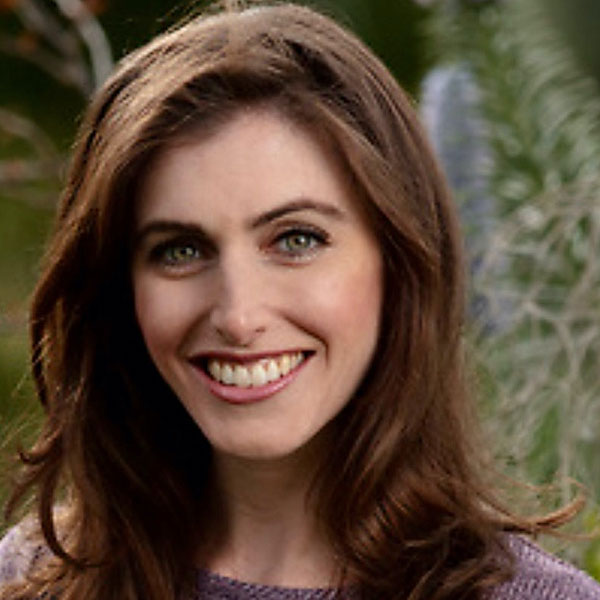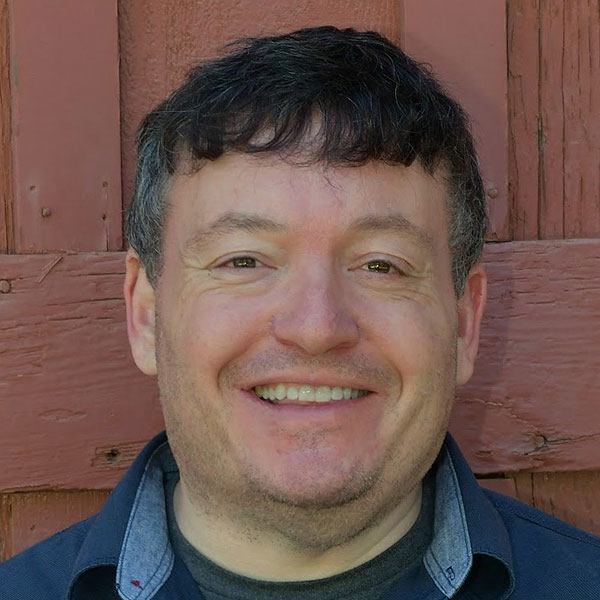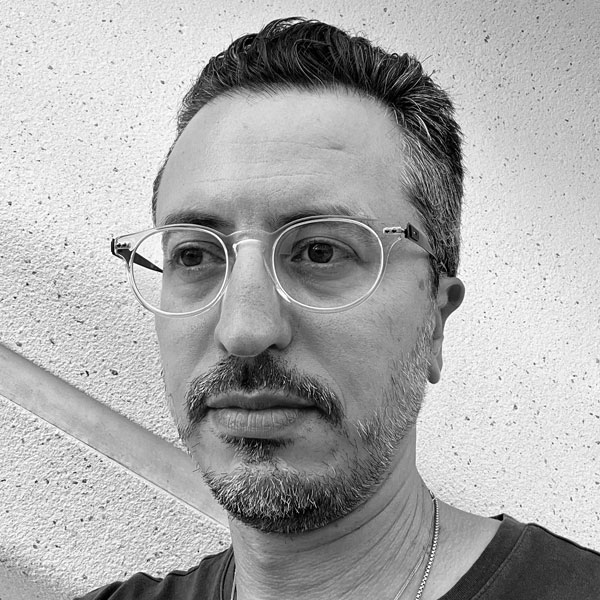Jewish Writers Committee becomes newest WGAW Committee.
12/5/2025 • Evan Henerson
Have a Wonderful Watch Party…and Bring a Toy!
Member holiday party to include a screening of It’s a Wonderful Life and a toy drive.
Jewish Writers Committee becomes newest WGAW Committee.
No meeting was formally scheduled, so this particular gathering of writers who met each other through the recently-formed Jewish Writers Committee (JWC) wasn’t official. But it happened anyway, and committee Vice Chair Leslie Schapira was glad that it did.
“One of our members opened up her home, and it was a really lovely evening where we could connect in person. Everyone was in such a good mood, the energy was palpable,” Schapira recalled of the recent event, “and it’s so needed right now when we’re in such a troublesome time for our community.”

For the JWC, establishing and increasing a strong sense of community was a key reason for the committee’s formation. Schapira and Co-Chairs Dan Signer and Patrick Moss have seen the work of the other Guild committees, and received guidance from some of the other committees’ members as they drafted a proposal to form a CAP committee which the Board approved. Since its official formation in early 2024, the JWC has held a couple of well-attended Zoom meetings.
“Talking to other Jewish writers, there was a feeling that we had been Jewish next to each other. In parallel. We didn’t have any kind of circle within the Guild or within show business,” said Signer who joined Moss and Schapira for a recent interview with Written by. “Now there’s a sense of community, as opposed to just co-existence, that I think the committee is helping to foster.”
“We came out of the isolation of COVID, and into a strike where we weren’t working in rooms together. And now, with everything going on in the world, and the rising antisemitism, people are feeling scared and isolated again,” Signer added. “But thanks to the Jewish Writers Committee, I’m getting messages from people saying, ‘Even from a Zoom meeting, I felt so comforted to be with others who are feeling the same things I’m feeling.’”

On the topic of on-screen depictions of Jewish people, the JWC leaders hope to see an increase in antisemitism sensitivity training within studios. They are also looking to see—and tell—stories that show the breadth and diversity of Jewish communities from around the world.
Moss cites the nearly 12 percent of Jews living in America who are “Jews of color” and the nearly 50% of Sephardic Jews who came from places other than eastern Europe.
“When I talk about the diversity of the Jewish experience globally, you have to look at that part of the world, the middle east and North Africa, to really understand that’s a huge part of our story,” Moss said. “You have to look at Morocco and Yemen, Ethiopia and India. Jewish communities lived there for millennia. There is all of this really vast experience that is not reflected in the way people talk about us in the news media and the way people write about us in scripted shows.”

When I talk about the diversity of the Jewish experience globally, you have to look at that part of the world, the middle east and North Africa, to really understand that’s a huge part of our story.
- Patrick Moss
Character-wise, Moss, Signer and Schapira say they have all seen plenty of depictions that they maintain embrace negative stereotypes. By contrast, the JWC leaders feel recent series like Fleishman is in Trouble and The Marvelous Mrs. Maisel have celebrated their characters, foibles and all. Schapira pointed to You Are So Not Invited to My Bat Miztvah, a film that celebrated Jewish joy and Jewish identity in “the best possible way.” Signer seconded the endorsement, as that Netflix film was shot at the Toronto synagogue where he had both his bar mitzvah and his wedding.
“We’re not at all interested in policing creativity,” said Signer. “We’re writers. We want to write what we want to write. We just want to say, ‘Hey there’s more to us.’ Most writers I know are always looking to bring interesting, diverse characters to the screen, and hopefully that can include a diversity of Jewish characters.”

Fair and accurate representation is something that should extend across all genres. As Moss was working on a recent episode of BMF, he advocated for a character he was writing to be Jewish. The character was the son of a Holocaust survivor and had his father’s Auschwitz prisoner number tattooed on his own arm, a practice that some relatives of survivors are engaging in in real life.
“There is a discussion—a very quick one—about what those numbers mean and why and how it translates to the main characters, and I was supported in it,” Moss said. “It’s not my show, it’s not a Jewish show, but I was able to insert something of me in it that I felt was really important.”
Looking to the future, the JWC leaders are encouraged by the turnout at their first meetings, at the interest in developing a mentorship program, and in finding ways to get together creatively and socially.
“It’s about connecting people,” Signer said. “We don’t want everything to be about reacting to difficult things that are happening. Yes, that’s something we will be dealing with, but we also want to have a Chanukah party in December. It would be great to start having Shabbat dinners that members are inviting their families and other families to and getting to socialize.”
“We’re still getting our feet wet here, and figuring out everything as we’re part of this ever-changing landscape,” added Schapira, “but we’re just so delighted to be part of the WGAW family and work with all the other committees as we move forward.”